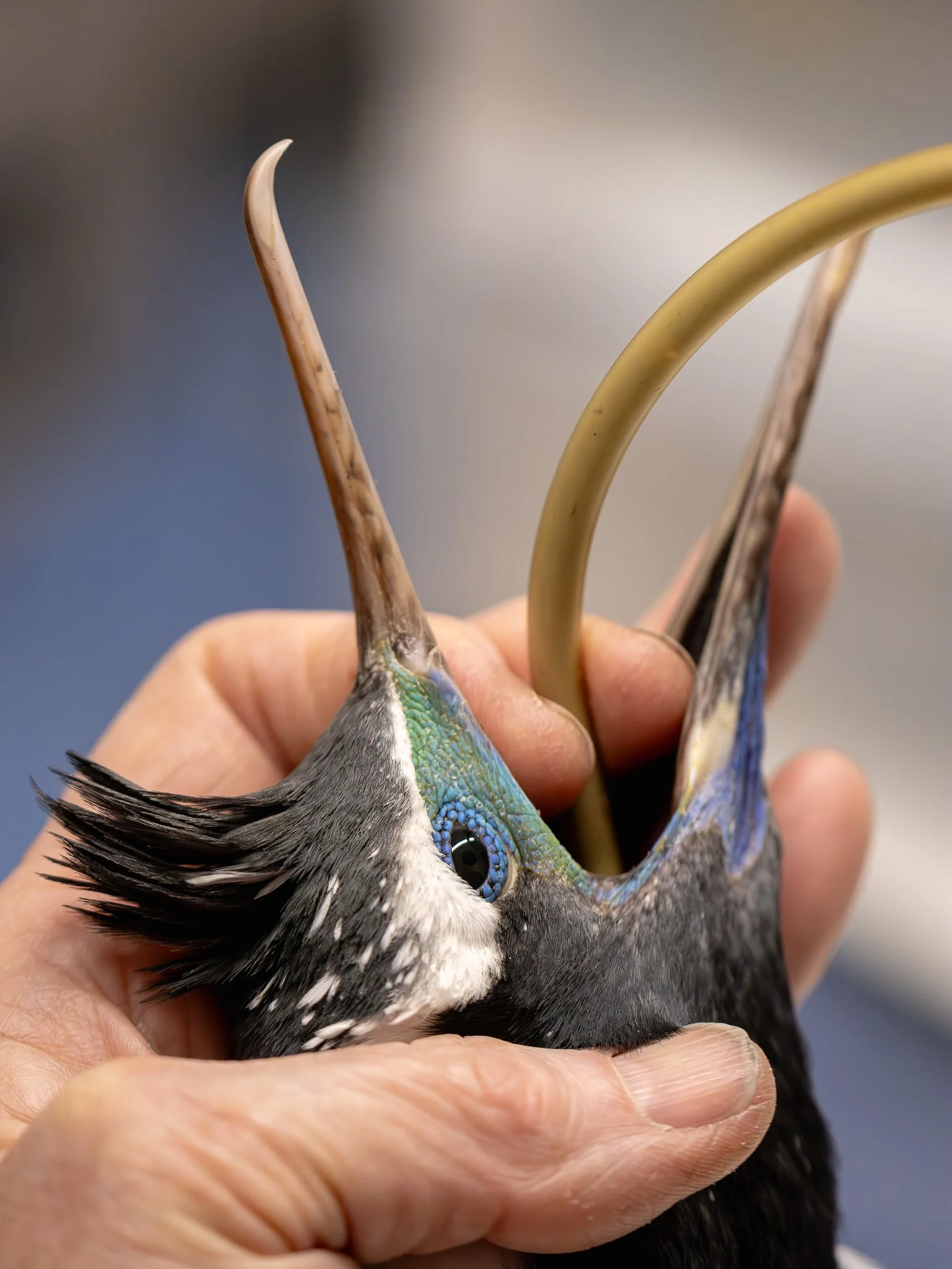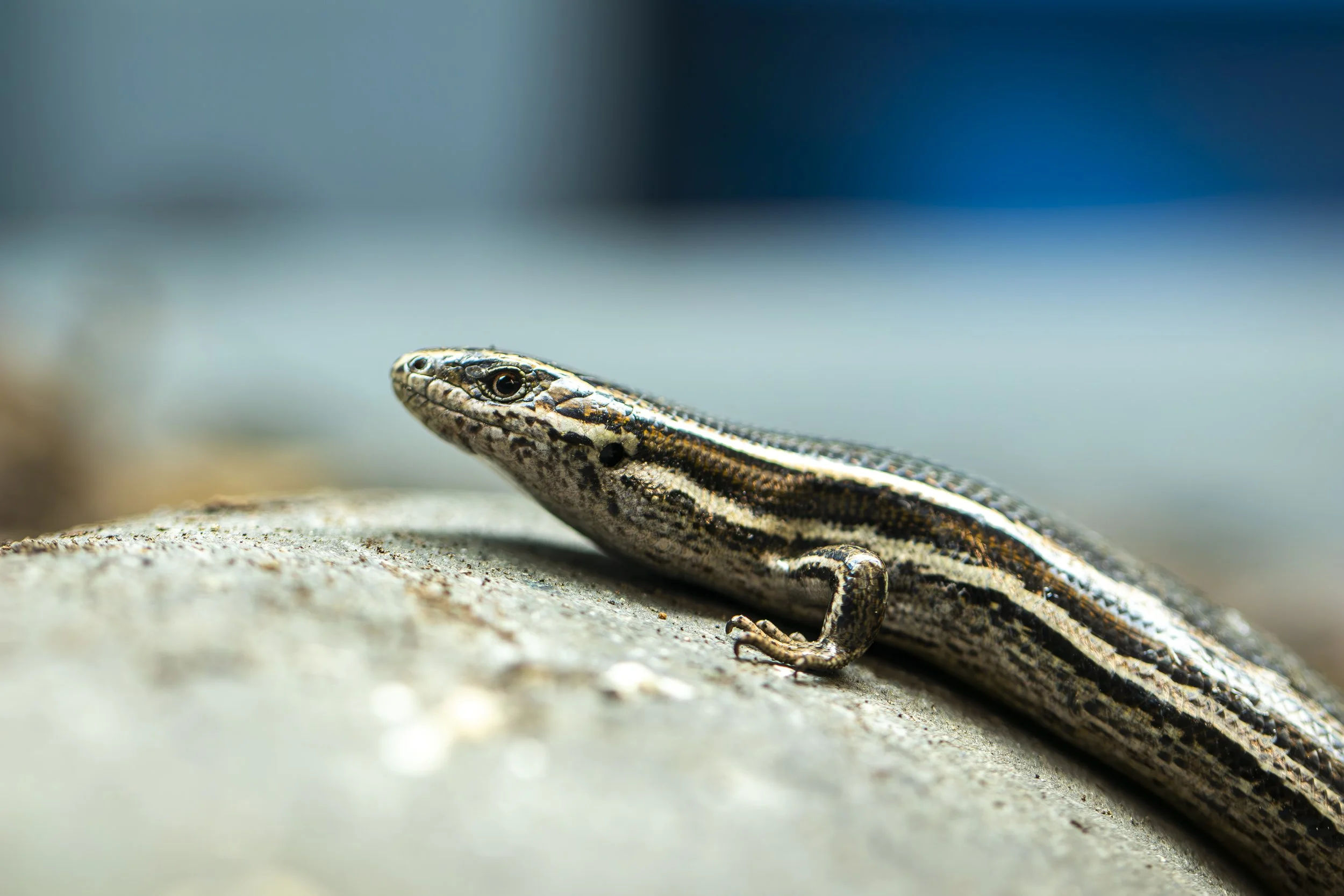South Island Wildlife Hospital
Volunteering at the South Island Wildlife Hospital here in Christchurch has been one of the most rewarding experiences of my life. Working with wildlife has been a lifelong dream of mine from a very young age. At this facility, this has become a reality.
The South Island Wildlife Hospital is a non-profit facility staffed by a team of incredibly passionate vets, veterinarian nurses and valuable volunteers. It cares for, rehabilitates and releases a large array of species from penguins to parrots, swans to swallows, albatross to owls, and even native reptiles! Before opening in 2014, no facility in the South Island catered for injured native wildlife, requiring endangered birds to be flown to the North Island for treatment. This additional travel and delay in treatment often negatively impacted the success of patient’s recovery. But this hospital now provides faster access to support and veterinary care for many native species across the South Island.
I began volunteering at the hospital in August of 2023. My first day at the hospital was one I will never forget. As I arrived, the first job the senior vet got me to do was to help bring in a bird from her car. I was expecting this to be a common bird that was picked up on the way to the hospital like a pukeko or paradise shelduck. But boy was I surprised.
As I reached into the car to grab the crate, I realised I had a Tawaki in my hands. The Tawaki, or Fiordland crested penguin, is a nationally endangered bird usually found on the west coast of the South Island, and around Stewart Island. But this was the first ever recorded bird of its kind in Christchurch. And to make this bird even more special, I was the one who notified DOC that it was resting on the rocks at Sumner Beach after my partner spotted it after our Sunday stroll at Taylors Mistake!
Tawaki or Fiordland Crested Penguin that I had the pleasure of caring for on my very first day.
This bird had been attacked by a shark and had an infection on its chest. To ensure the bird’s survival, we put the penguin under while the vet plucked out the infected feathers and areas of skin that needed to be removed to clean the wound. My job was to keep the bird breathing with a reservoir bag, a skill I have since repeated with a kākā from the Abel Tasman National Park. I certainly did not expect to be keeping a Tawaki alive on my first day or seeing a Haast Tokoeka kiwi up close that had come through from Willowbank Wildlife Reserve for an assessment.
This kākā is having its nasal passage flushed to aid with an infection that it came into the hospital with. This procedure was conducted by a trained veterinarian.
Since my first day, I have learned many valuable skills which I hope to put to use throughout my career. While cleaning enclosures, crates, aviaries and preparing food make up most of the work required, I now get to regularly crop and handle birds. Cropping requires inserting a feeding tube through the pharynx (throat) and down the esophagus to give birds their medication, fluids, or food if they require an assisted feed. Other skills I have picked up along the way include administering and measuring medications, handling and catching a large array of species like raptors, parrots, penguins, and songbirds, hand-feeding, shampooing birds to ensure their plumage is waterproof, helping with x-rays and injecting subcutaneous fluids. Over these last few months, I have already worked with over 30 different species!
A stunning male spotted shag being cropped to pass food and medication straight into it’s stomach. This procedure was conducted by a trained veterinarian.
Here is a list of the species list of animals I’ve worked with:
Birds brought in from the wild:
Antarctic fulmar, Antipodean albatross, Australasian bittern, Banded dotterel, Bellbird, Black-backed gull, Black-billed gull, Fiordland crested penguin, Harrier, Hutton’s shearwater, Kea, Kereru, Kerguelen Petrel, Kingfisher, Little blue penguin, Little owl, Mallard, Paradise shelduck, Pied shag, Pukeko, Red-billed gull, Rockhopper penguin, South Island pied oystercatcher, Southern grass skink, Spotted shag, Spur-winged plover, Waxeye, White-faced heron, Yellow-eyed penguin.
Willowbank animals that have come into the hospital while I have been on shift:
Haast Tokoeka Kiwi chick, North Island Brown Kiwi, Rowi Kiwi, Takahe.
I feel incredibly privileged to be able to work with some of Aotearoa’s most endangered species and learn from some of the most passionate and talented vets. Their expertise and knowledge have been crucial over the ten years the hospital has been open, and I have learned an incredible wealth of knowledge in my short tenure. But I also need to mention the team of volunteers. There are too many jobs for the vets to run the hospital by themselves, while also providing the birds with the best chance of recovery. Without this passionate and dedicated team, the hospital simply could not function. Everyone brings their unique skillset, background, and personality which makes the facility an amazing place to volunteer.
A pregnant southern grass skink (Oligosoma polychroma) which spent a few weeks at the hospital after a cat attack.
You can help the hospital and its incredibly special patients by visiting the South Island Wildlife Hospital website. Here, you can make donations, gift essential supplies and fund treatments like blood tests and x-rays, or purchase prints and gift certificates. The hospital is a charity-run facility and monthly costs range between $15,000 to $20,000. Any donations are important funds that help keep the hospital running and give our incredible native and often endangered fauna the treatment and care they so desperately need.
The facility is also looking to expand. This development will result in a change of location and a brand-new larger facility. This will allow for many more patients to be treated from all over the South Island, and an increased likelihood of birds returning to the wild where they belong. If you would like to donate towards contributing to this new facility, please use the links below.
Another route you can take to help the facility is becoming a volunteer. Working hands-on with our precious wildlife is one of the most rewarding jobs you can have. As I mentioned earlier, the hospital cannot function without its volunteers. We undergo intakes of new volunteers when numbers drop, and when extra assistance is required. So don’t hesitate to fill out a volunteer form.
This juvenile kerguelen petrel was brought to the hospital by a member of the public after being found washed up on a beach- a rare visitor to our waters.
Check out the links below to do your own research about this wonderful facility or donate if you can spare some money. The South Island Wildlife Hospital is not the only facility in Aotearoa that cares for injured native wildlife. The Kaikōura Hospital, the Nest at Wellington Zoo, Birdcare Aotearoa, Auckland Zoo and Dunedin Wildlife Hospital are other extremely valuable organisations that are in ever need of support and funding.
I hope this blog has helped you learn more about the South Island Wildlife Hospital, and perhaps inspire you to help protect our precious native wildlife.















